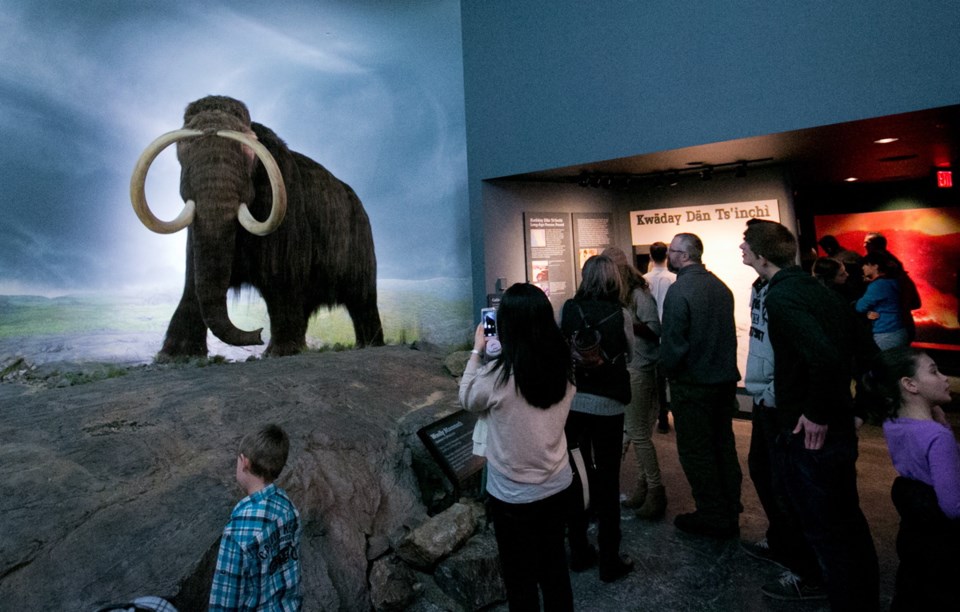A devastating fire that destroyed the National Museum of Brazil has triggered calls for a review of fire safety at Canada’s museums.
The Canadian Museums Association said on Monday that it’s seeking a study of fire-protection systems at institutions across the country following the blaze in Rio de Janeiro.
“It’s been a wake-up call,” said John McAvity, the association’s executive director and chief executive officer.
“This fire has raised the concern that it could happen here and we don’t want that to happen.”
The association has yet to set terms of reference or a timeline for a study.
“I think in the interests of expediency we’re going to see if the insurance industry would do that [study] for us,” McAvity said.
The association’s main concern is the risk to smaller museums that might be housed in unsafe buildings.
“They’ve gone into old houses or they’ve gone into old courthouses or churches,” McAvity said.
“These are important historical buildings in most cases, but they’re wooden. They may not have proper fire-protection systems.”
By contrast, larger institutions generally are well prepared, he said.
The Royal B.C. Museum in Victoria has extensive fire detection and suppression systems, said Jack Lohman, the museum’s chief executive officer. “Obviously, we have got risks because we’ve got combustible materials,” he said.
“The archives are all made of paper. We’ve got very dry wood canoes and monumental poles. We have wood storage and a metal shop in the bottom of the museum where we actually fabricate the exhibitions that the public see.”
The museum also includes Helmcken House, which was built in 1852 and is one of the oldest houses in B.C., still on its original site.
“And we’ve got large volumes of specimens kept in alcohol on site,” Lohman said.
The museum manages those risks with an array of tools, including more than 200 fire extinguishers, modern smoke and heat sensors, and fire systems that report directly to the Victoria Fire Department.
Lohman said the ceremonial fires at Mungo Martin House at the museum operate under permit and the scrutiny of trained fire keepers.
“We’ve got 24-7 security staff. We’ve got rounds happening all the time,” he said.
“Even when we have work done here, we have a rule that even when the workmen have gone, that one hour later there are still checks happening.”
If fire risk seems to be in hand at the RBCM, Lohman shares McAvity’s concern for smaller museums.
“We really need to perhaps ensure that — especially with the wildfires that we’ve been getting in recent years — that our museums are also prepared for whatever emergencies,” said Lohman, vice-president of the museums association.
“My question is, in a way, rhetorical: Are we doing enough to support smaller museums, which also carry a lot of our history and are really important to communities and to telling our stories?”
There have already been a number of significant losses and near misses due to fire at museums in Canada.
In 2015, fire destroyed the Fort Pelly-Livingstone Museum in the village of Pelly, Sask., northeast of Yorkton.
In 2014, firefighters doused a blaze in the roof of the Musée de la civilisation in Quebec City.
And, in 2013, artifacts at the U’mista Cultural Centre in Alert Bay suffered soot and water damage in a fire. The Royal B.C. Museum was among the institutions that assisted with the recovery.



